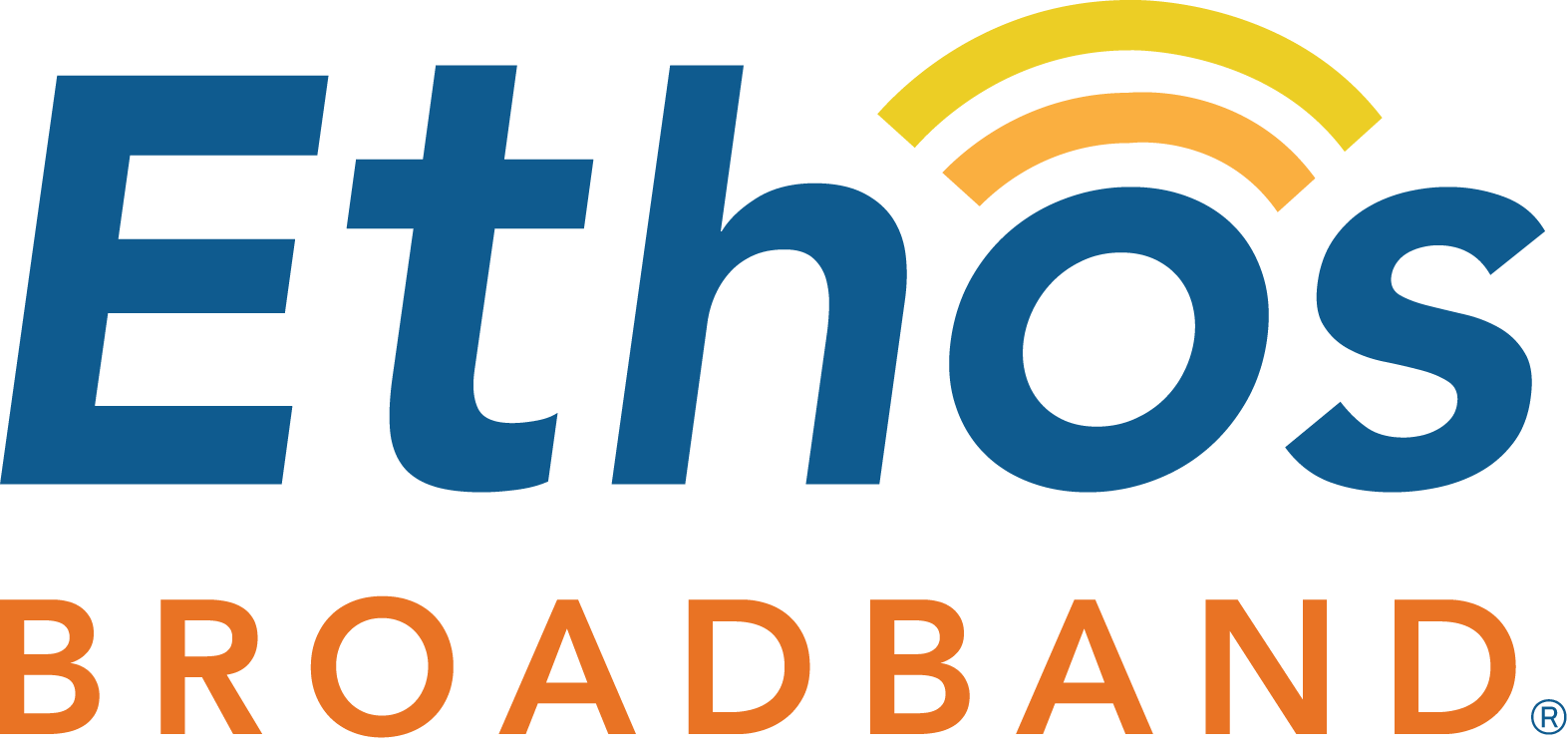Government Assistance
Learn more about programs that help to keep you connected!
Government Assistance Programs

Lifeline Program
About the Lifeline Program
The Lifeline program helps eligible low-income households get connected to wireless and internet services, with the goal of making access to essential services more affordable.
Lifeline provides up to a $9.25 monthly discount on service for eligible low-income subscribers and up to $34.25 per month for eligible low-income subscribers on Tribal lands. Lifeline also supports broadband internet service and broadband-voice bundles. Subscribers may receive a Lifeline discount on either wireline, wireless, broadband or bundled voice and broadband service, but FCC rules prohibit more than one Lifeline service per household.
What’s the Lifeline Program?
Since 1985, the Lifeline Assistance Program has provided a discount on phone service to low-income Americans. The program is administered by the Universal Service Administration Company (USAC) and overseen by the Federal Communications Commission (FCC). It was founded to ensure that all Americans, regardless of income, have access to the security and opportunity that a phone service offers. This includes being able to look for jobs, access emergency services, go to school, and much more. In recent years, it has expanded to include internet services.
Can I still receive service in areas where Ethos Broadband doesn’t offer Lifeline service?
Of course! We offer a variety of affordable plans that will meet your needs.
How to Qualify for the Lifeline Benefit
You can qualify for discounted service from Ethos Broadband if your total household income is at or below 135% of the Federal Poverty Guidelines or through qualifying government programs. See the list below for program-based eligibility and details on household income requirements.
Program-Based Eligibility
Your household is eligible for the Lifeline benefit if you or someone in your household participates in one of the following programs:
- Supplemental Nutrition Assistance Program (SNAP/Food Stamps/Food Assistance)
- Medicaid / Medi-Cal
- Supplemental Security Income (SSI)
- Federal Public Housing Assistance (FPHA) or Section 8
- Veterans and Survivors Pension Benefit
Tribal Household Eligibility
If your household is on qualifying federally recognized Tribal land, here are the programs you can participate in to be eligible for Lifeline, in addition to any of the programs listed above.
- Bureau of Indian Affairs General Assistance
- Head Start (only if you qualified for this program based on income)
- Tribal TANF (Tribal Temporary Assistance for Needy Families)
- Food Distribution Program on Indian Reservations (FDPIR)
You may need to show proof of participation, such as a benefit letter or other official document, when you apply for Lifeline.
Household Income Qualifications
Your eligibility is based on location and if your household income is at or below 135% of the Federal Poverty Guidelines. The 2024 guidelines can be found in the chart below.
|
Household Size |
48 States, DC, & Territories |
Alaska |
Hawaii |
|
1 |
$20,331 |
$25,394 |
$23,369 |
|
2 |
$27,594 |
$34,479 |
$31,725 |
|
3 |
$34,857 |
$43,565 |
$40,082 |
|
4 |
$42,120 |
$52,650 |
$48,438 |
|
For each additional person add: |
$7,263 |
$9,086 |
$8,357 |
Note: The Federal Poverty Guidelines are adjusted annually, and the above chart reflects guidelines for 2024. This chart does not pertain to California.
What are the benefits of Lifeline?
Lifeline keeps you connected to what matters most, while saving you hundreds per year on your internet bill.
Ethos Broadband’s Lifeline Plan Connects You To
Job hunting: Job hunting online is key for low-income households to maintain solvency and increase earning potential. Many jobs require online applications and the best way to look for jobs is online through services like Google, Craigslist, LinkedIn, Indeed, Monster, Taskrabbit, and more.
Telehealth: An internet connection is essential for accessing healthcare and is especially important if a household member has health issues. With the advances in telehealth, friends and family can easily access their provider from the comfort of their home.
Being able to contact our friends and family is essential for quality of life and mental health.
The Food Distribution Program on Indian Reservations (FDPIR) provides USDA Foods to income-eligible households living on Indian reservations, and to American Indian households residing in approved areas near reservations or in Oklahoma. Many households participate in FDPIR as an alternative to the Supplemental Nutrition Assistance Program (SNAP) because they do not have easy access to SNAP offices or authorized food stores. The Food and Nutrition Service (FNS), an agency of the U.S. Department of Agriculture, administers FDPIR at the federal level. The program is administered locally by either Indian Tribal Organizations (ITOs) or an agency of a state government. Currently, there are approximately 276 tribes receiving benefits under FDPIR through 102 ITOs and 3 state agencies.
USDA purchases and ships USDA Foods, selected from a list of available foods, to the ITOs and state agencies. These administering agencies store and distribute the foods, determine applicant eligibility, and provide nutrition education to recipients. USDA provides the administering agencies with funds for program administrative costs.
FDPIR is authorized under Section 4(b) of the Food and Nutrition Act of 2008 (codified in the Agriculture Improvement Act of 2018) and Section 4(a) of the Agriculture and Consumer Protection Act of 1973. FDPIR is authorized through 2023. Federal regulations governing the program can be found at 7 CFR Parts 250, 253, and 254.
